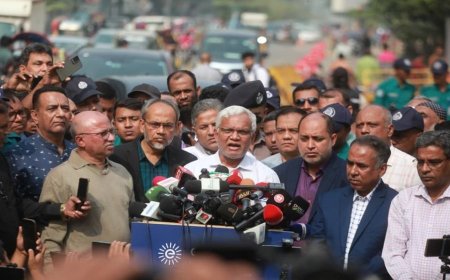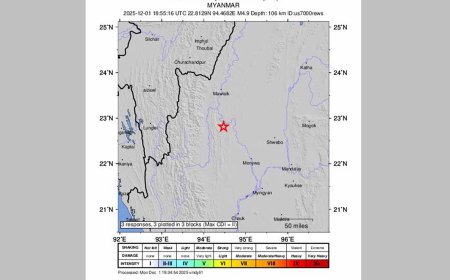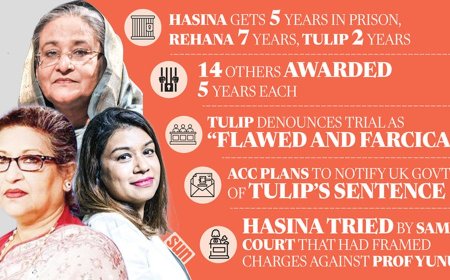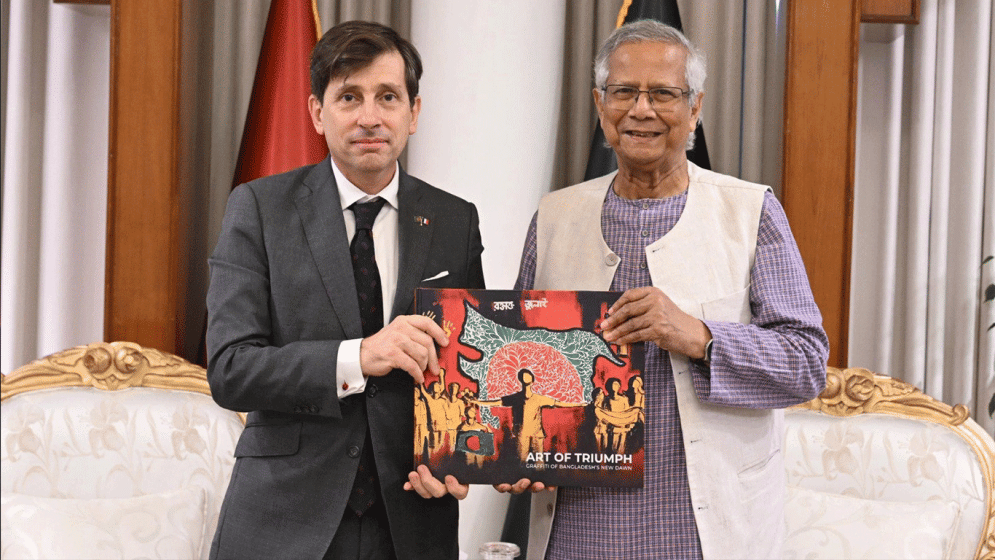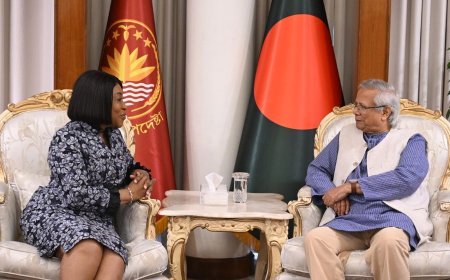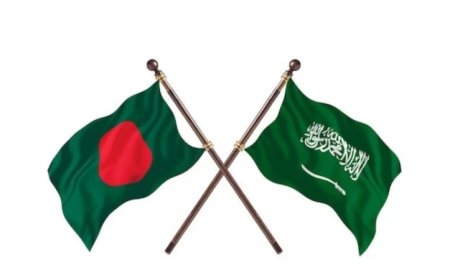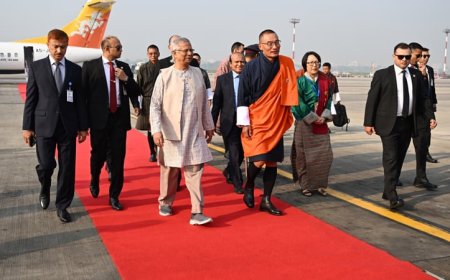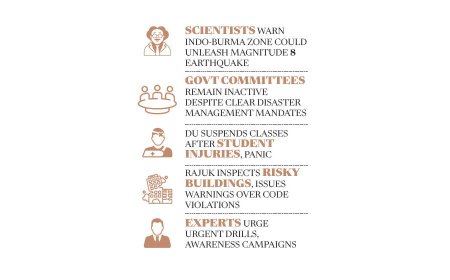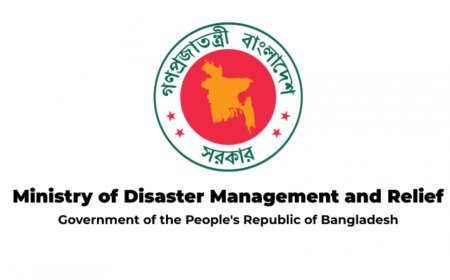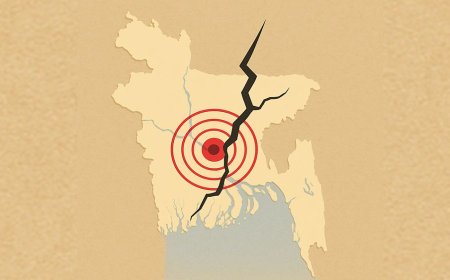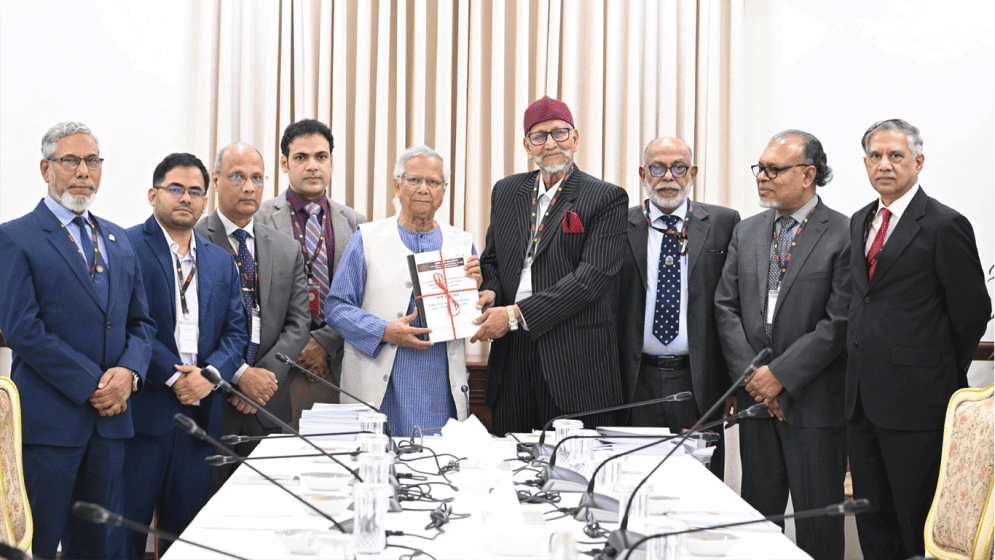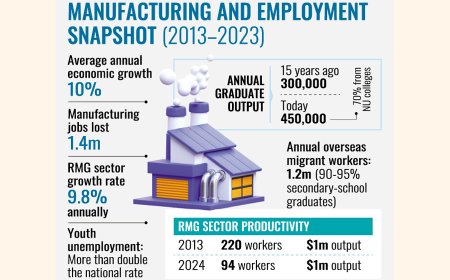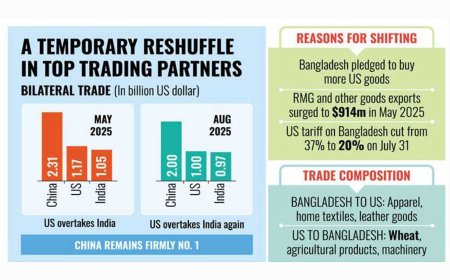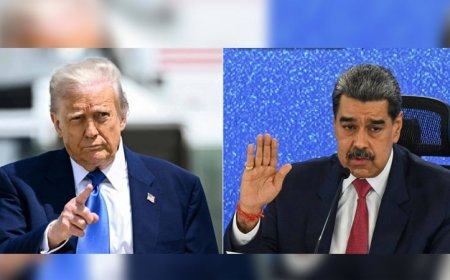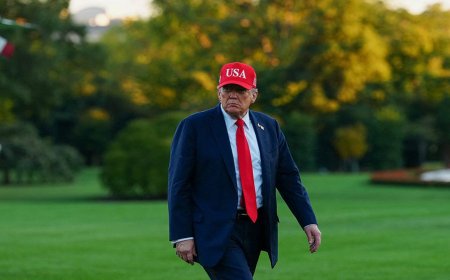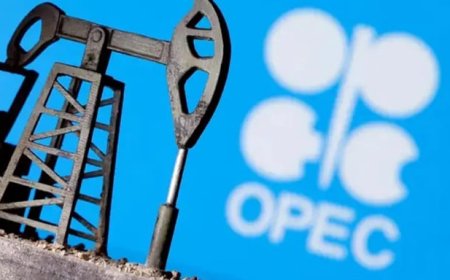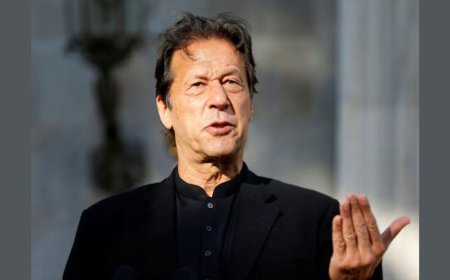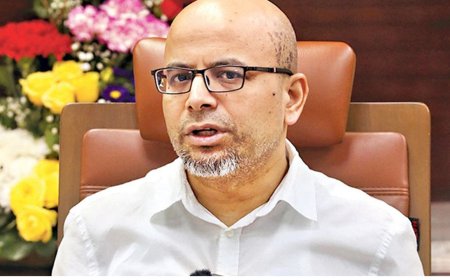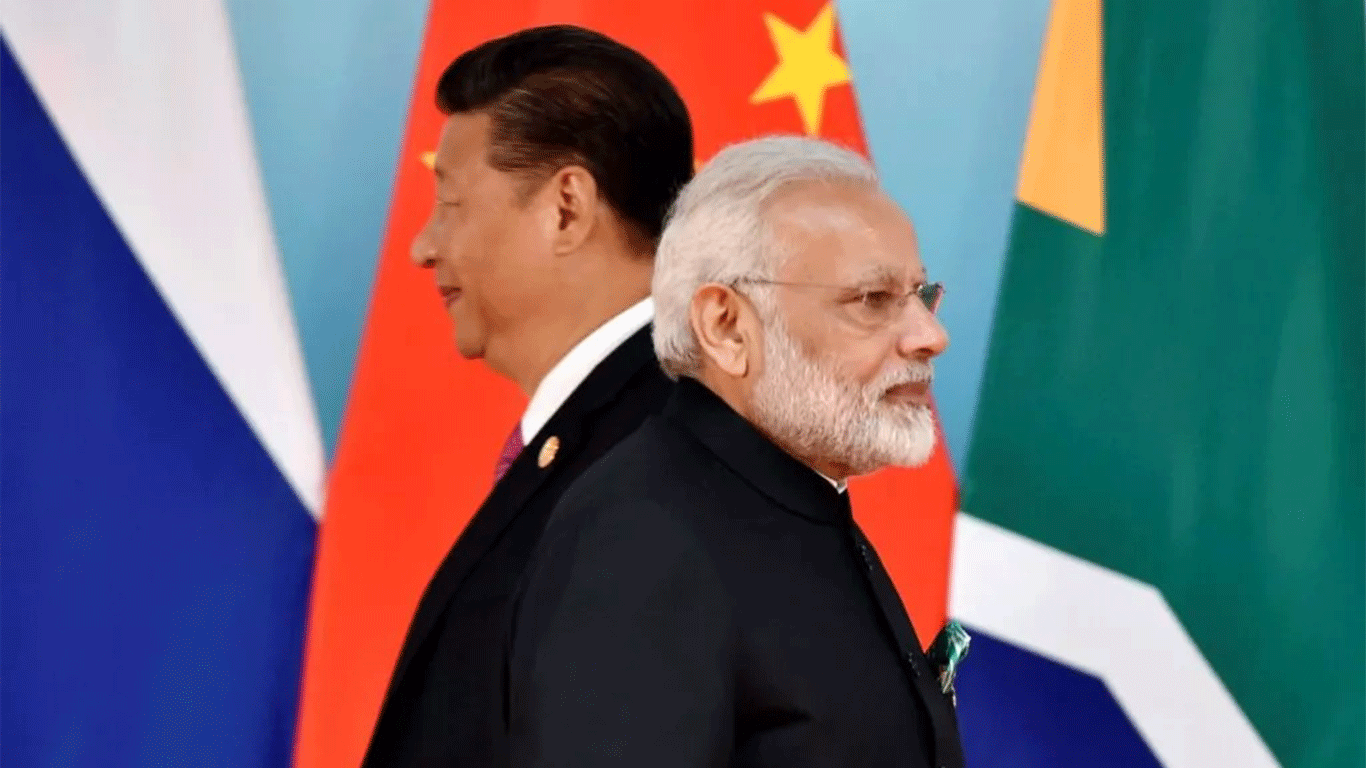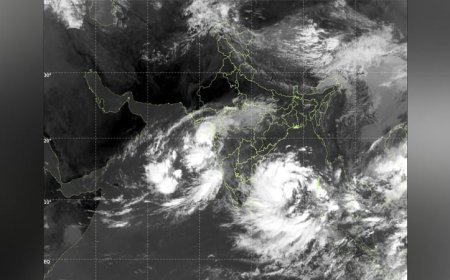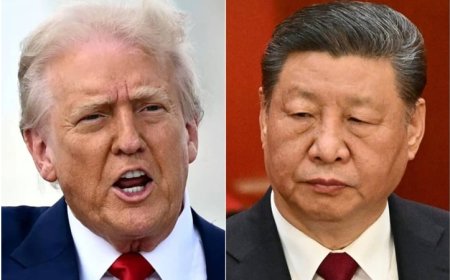What impact will Trump's trade war have on Bangladesh?
What impact will Trump's trade war have on Bangladesh?
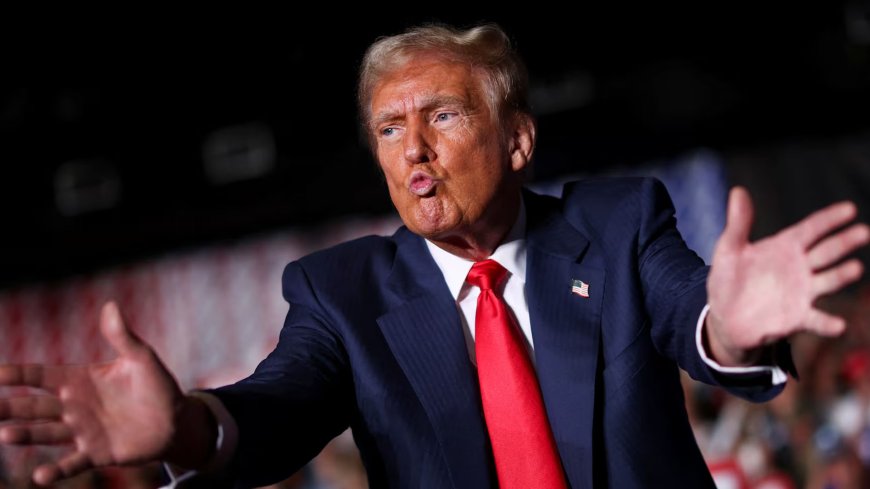
Whether international analysts approve or not, the situation that was feared has unfolded—Trump’s actions could disrupt the global system to benefit the U.S. He has already decided to withdraw funding from the Climate Fund and the World Health Organization. U.S. projects funded by USAID are being cut, and huge tariffs are being imposed on China, Mexico, and Canada. There are even threats to extend these tariffs to 27 European countries. In essence, the world is moving toward a trade war, with Trump at the helm.
This tariff war between major economies has raised concerns about global trade. However, many see it as an opportunity for Bangladesh. New demand for exports, including ready-made garments, is anticipated. With relatively low tariff rates, Bangladeshi goods are expected to be more affordable to Western consumers than Chinese or Mexican products.
It’s believed that countries such as the U.S., China, and Canada may increase Foreign Direct Investment (FDI) in Bangladesh to capitalize on lower tariffs. The more intense the tariff war, the more Bangladesh could benefit. Business leaders and experts emphasize that if the right strategy is not implemented, these opportunities could be missed.
Meanwhile, the Canadian government has retaliated against the 25% U.S. tariff on Canadian goods by imposing a similar tariff on U.S. products. Other countries like Mexico and China are expected to follow suit, with Europe considering similar actions. This tariff war will likely damage global trade, but the consumption of essential goods, such as ready-made garments, is expected to remain stable.
Many believe the tariff war will create substantial benefits for Bangladesh’s exports and FDI. On the other hand, concerns exist that a global economic downturn could lead to decreased exports to Europe and reduced immigration to the oil-rich Middle East, which would affect remittances. Additionally, many fear that investment could shift away from China and Mexico.
However, a critical challenge remains: unless the rigid regulatory framework is reformed, these opportunities cannot be fully leveraged. There is potential to exploit the benefits if the five Special Economic Zones (SEZs) are developed and services are integrated under one roof. The U.S. maintains good relations with Indonesia and the Philippines, and many countries are eager to offer investment facilities.
Ready-made garments are Bangladesh’s main export, accounting for over 80% of total export revenue. The U.S. is a significant market, with 20-22% of Bangladesh’s garment exports going there. China, by comparison, accounts for 21% of U.S. garment imports, while Bangladesh’s share stands at just over 9%. According to a recent report from the U.S. government’s Office of Textiles and Apparel (OTEXA), Vietnam is the second-largest exporter of garments to the U.S., with Bangladesh in third, followed by Mexico in sixth.
The tariff conflict has sparked uncertainty, leading buyers to consider Bangladesh as an alternative supplier. Given Bangladesh's strong foundation as the second-largest exporter of ready-made garments, this presents a significant opportunity.
The real question is how much of this opportunity can be harnessed. A sudden policy decision, such as an increase in gas prices, could raise production costs, causing brand buyers to reconsider their strategies. If Bangladesh misses this opportunity, competitors like Vietnam and India could gain the upper hand.
Additionally, Bangladeshi products may be more affordable in countries benefiting from lower tariffs. This could lead to an increase in direct exports and FDI to Bangladesh.
Currently, Bangladeshi products face an average tariff of 15.5% when exported to the U.S. This lower tariff rate may attract more investment from Chinese and Mexican entrepreneurs seeking to benefit from it.
In 2024, Bangladesh exported $7.2 billion worth of garments to the U.S., making up about 19% of total apparel exports for the year. At one time, 97% of Bangladeshi products in the U.S. were duty-free under the Generalized System of Preferences (GSP). However, ready-made garments were excluded from this benefit after the Rana Plaza disaster in 2013, when the U.S. suspended GSP due to concerns over labor conditions. Since then, Bangladesh has invested heavily in improving workplace safety and is now seen as a model for safe working conditions in the garment industry. This improvement may make it easier for Chinese companies to invest in Bangladesh.
To take full advantage of these opportunities, Bangladesh needs to consider how to increase production, what new materials or equipment are needed, and whether the skills of its workforce are sufficient. Additionally, the law and order and energy situation must be factored in, along with securing financing for new production or capacity-building initiatives. Meanwhile, some of Bangladesh’s competitors are offering new policy support, so the country must prepare itself to tackle both the opportunities and challenges ahead.
What's Your Reaction?







